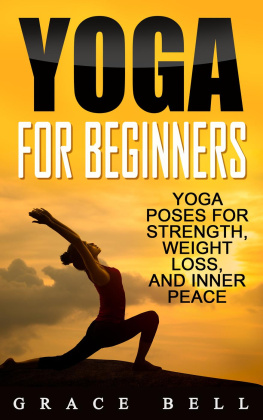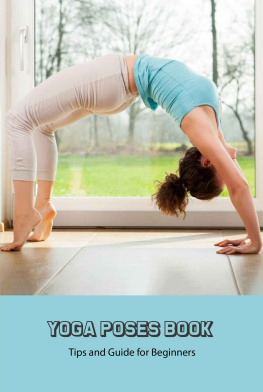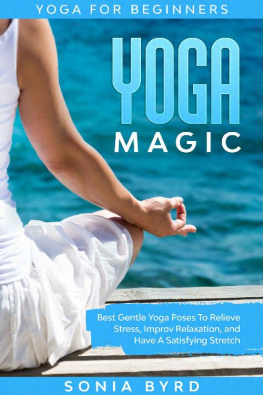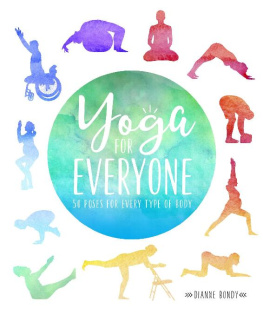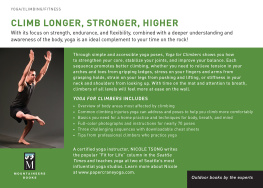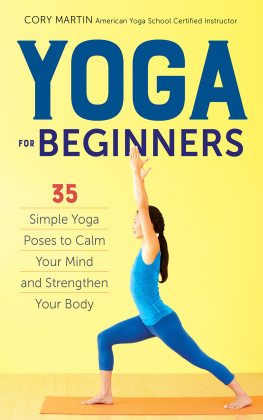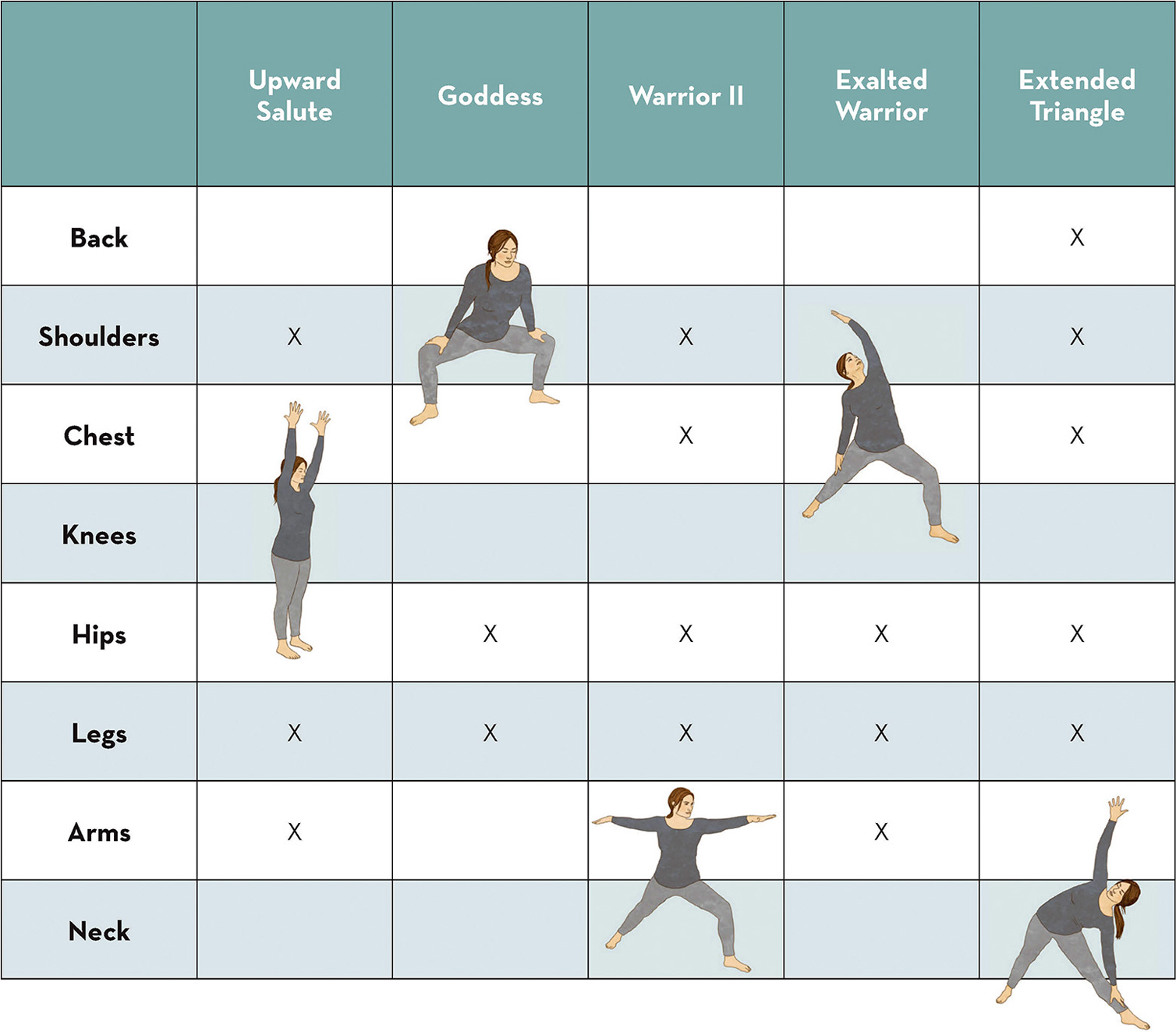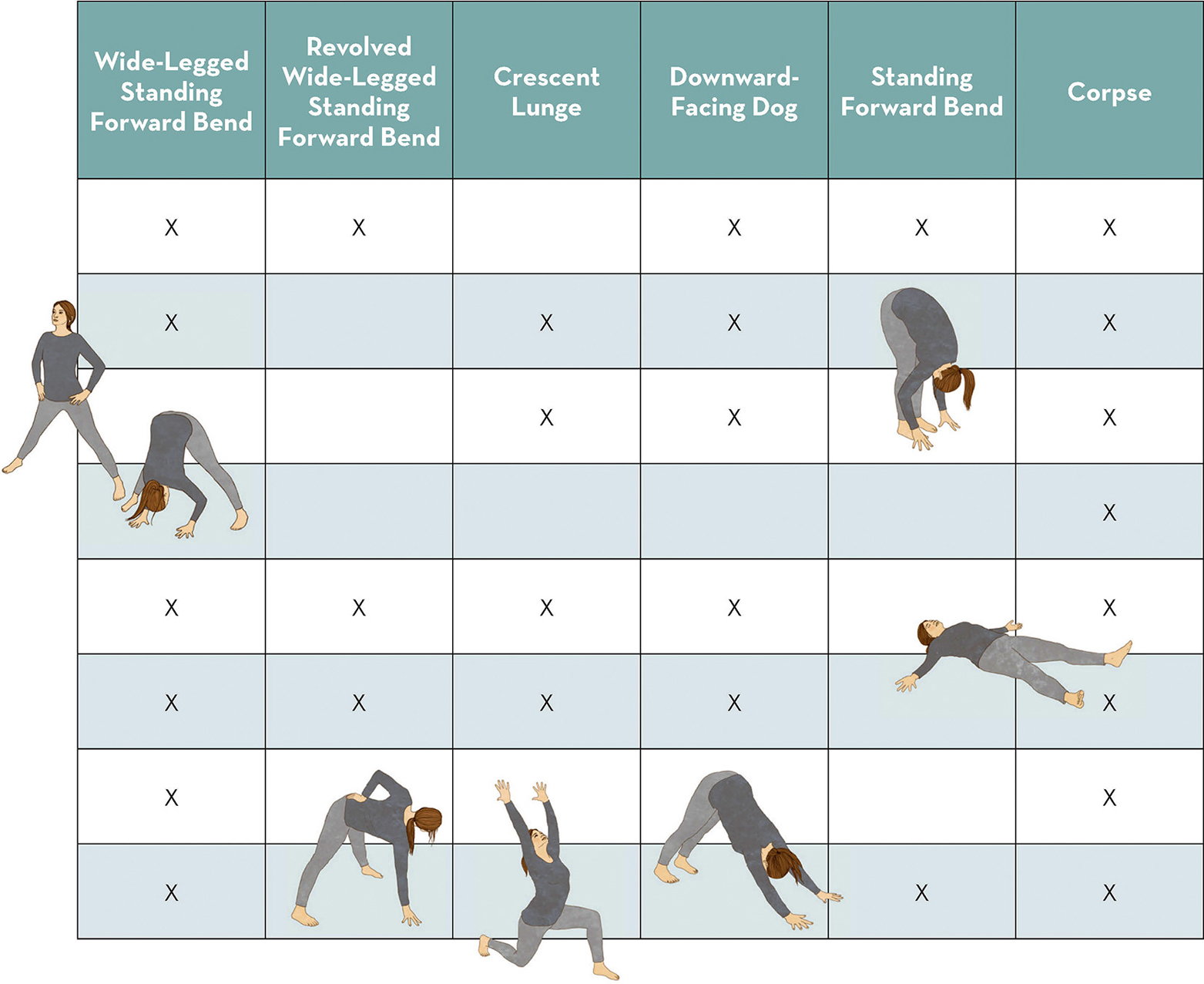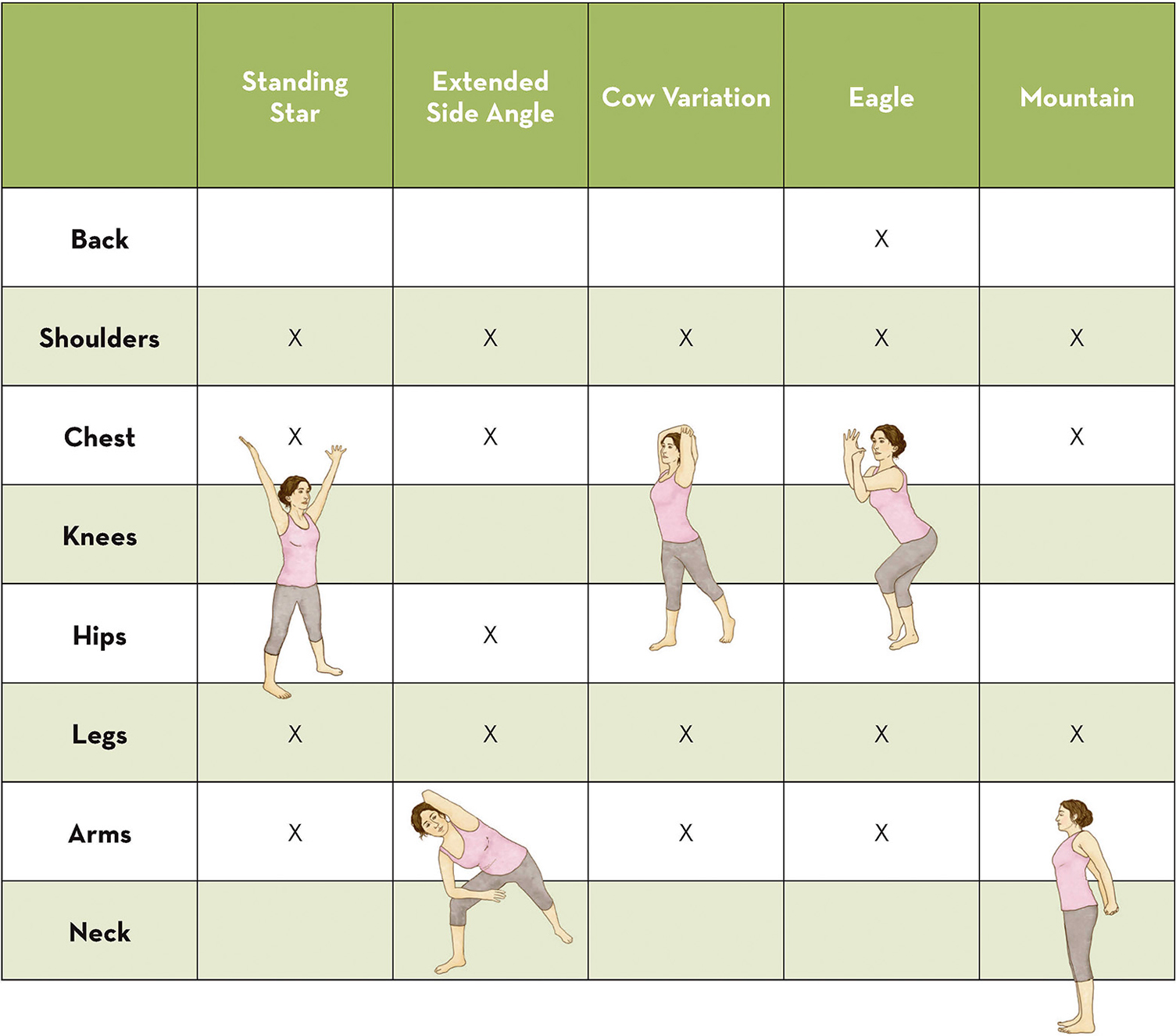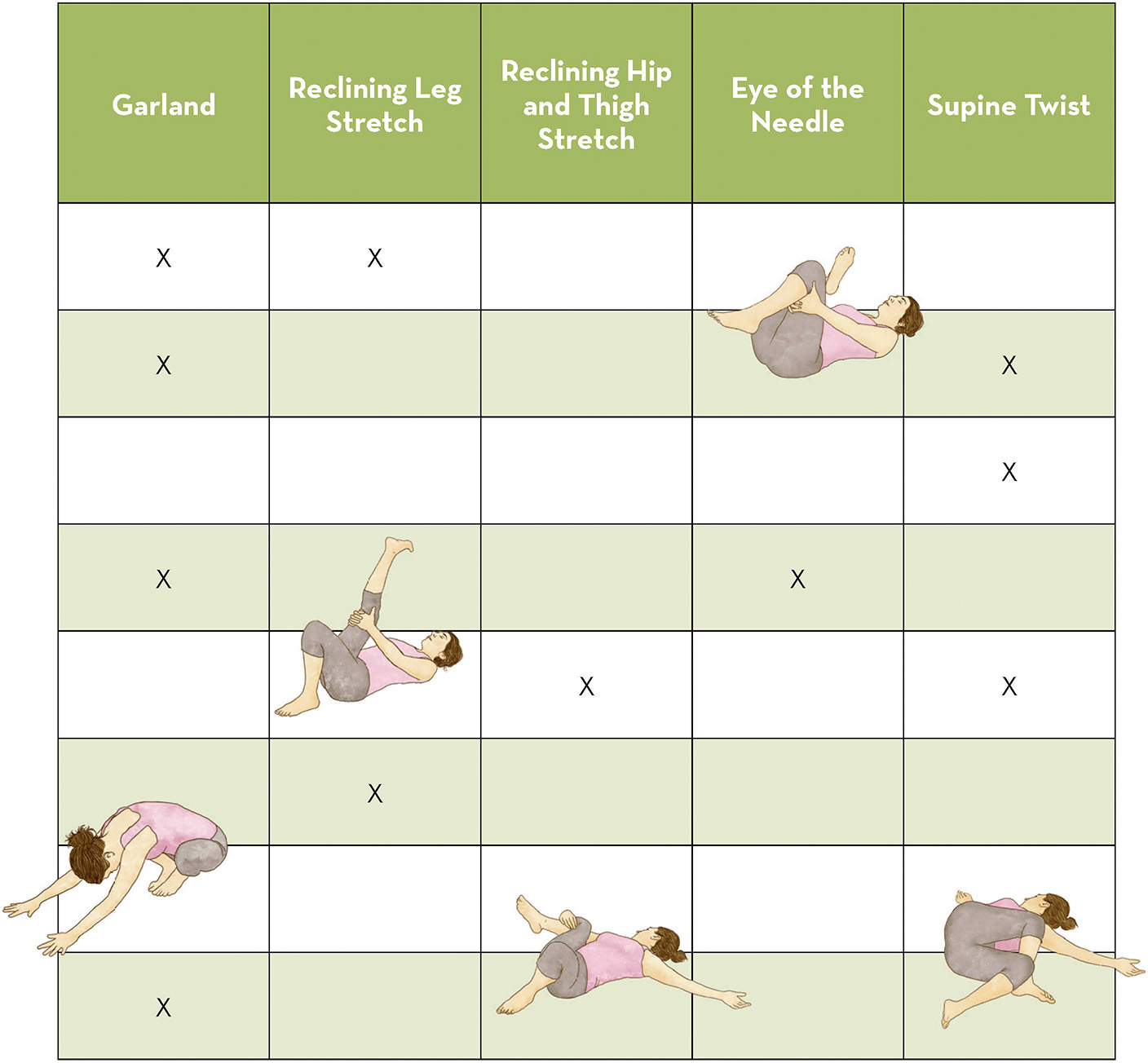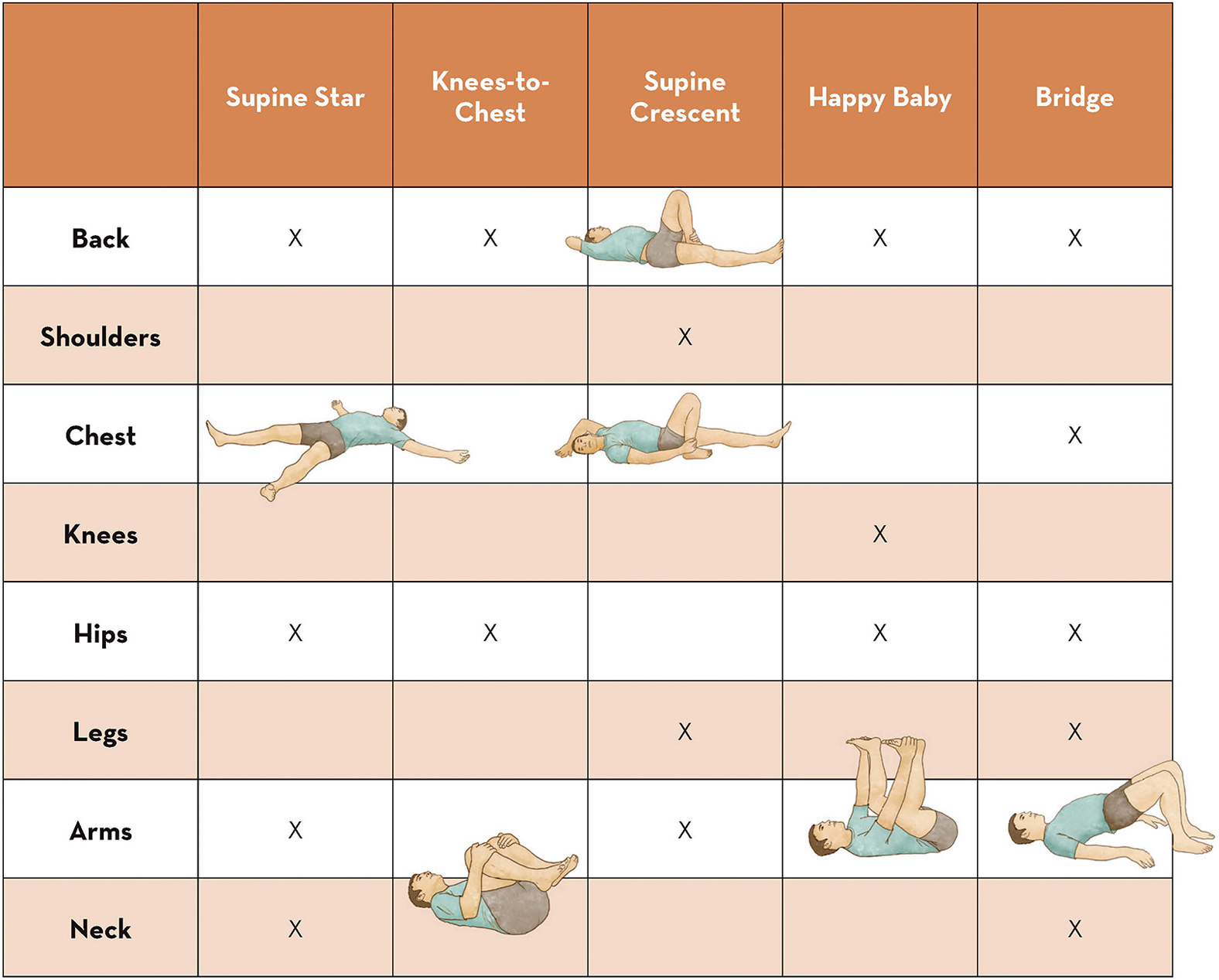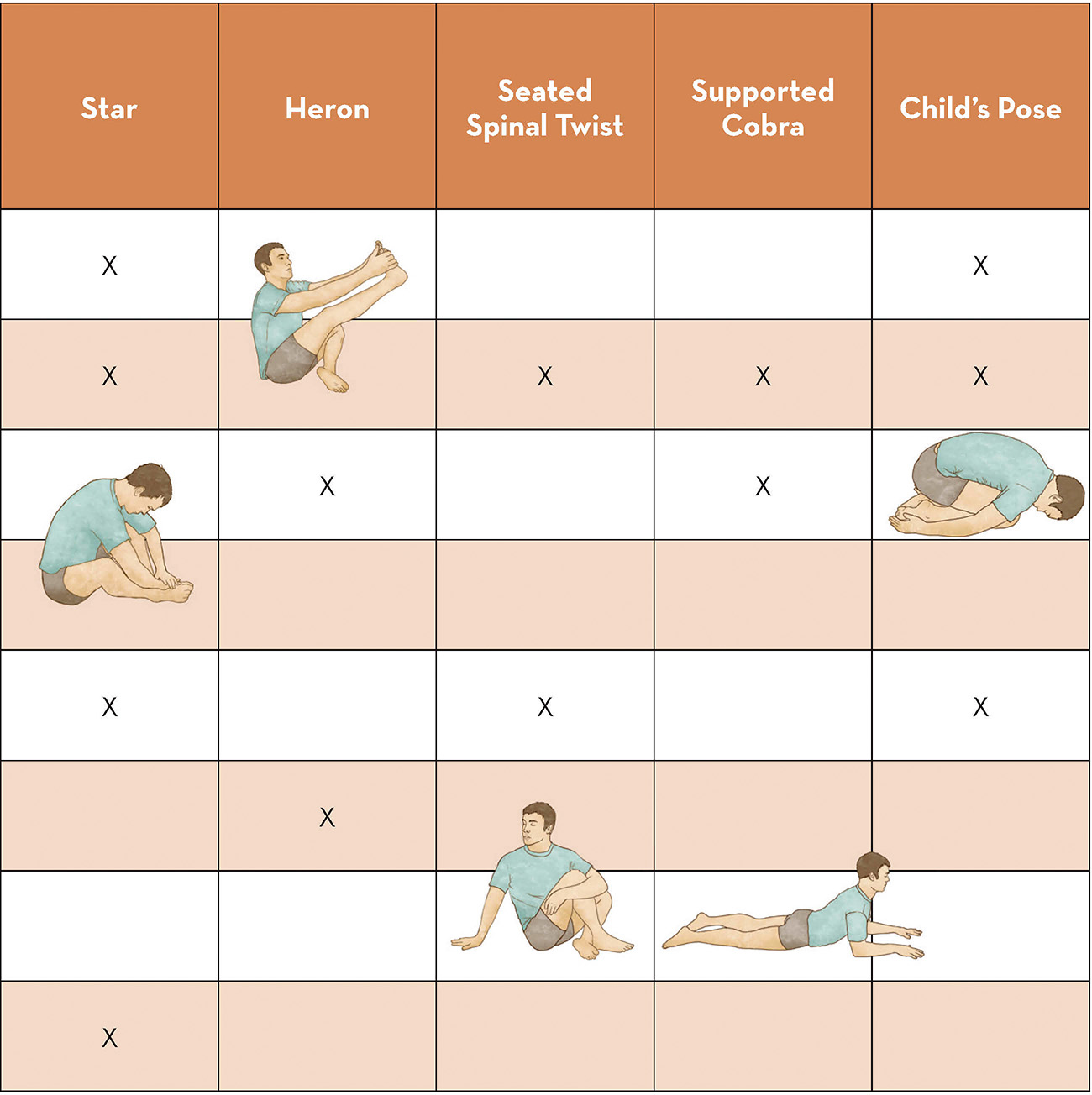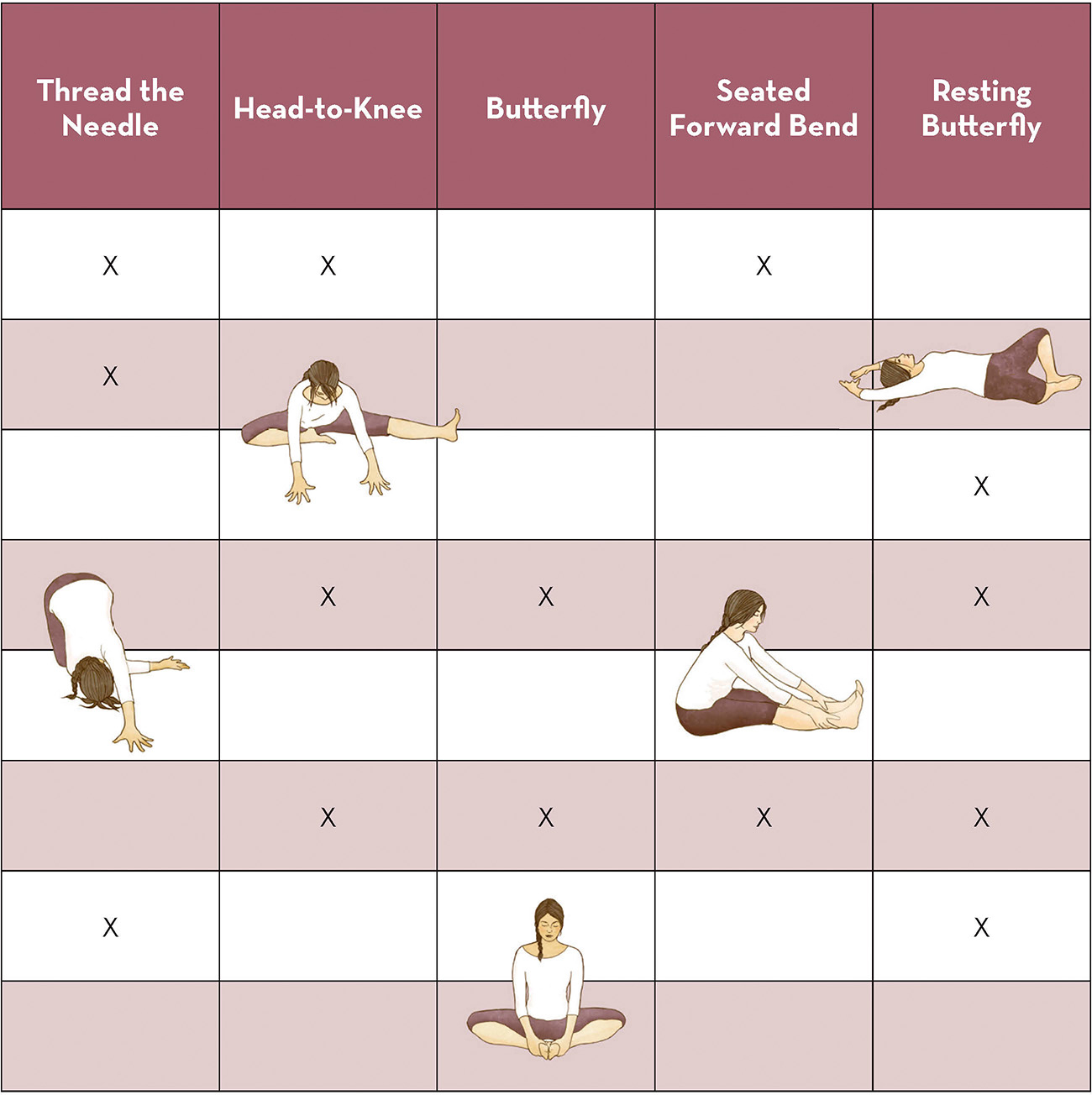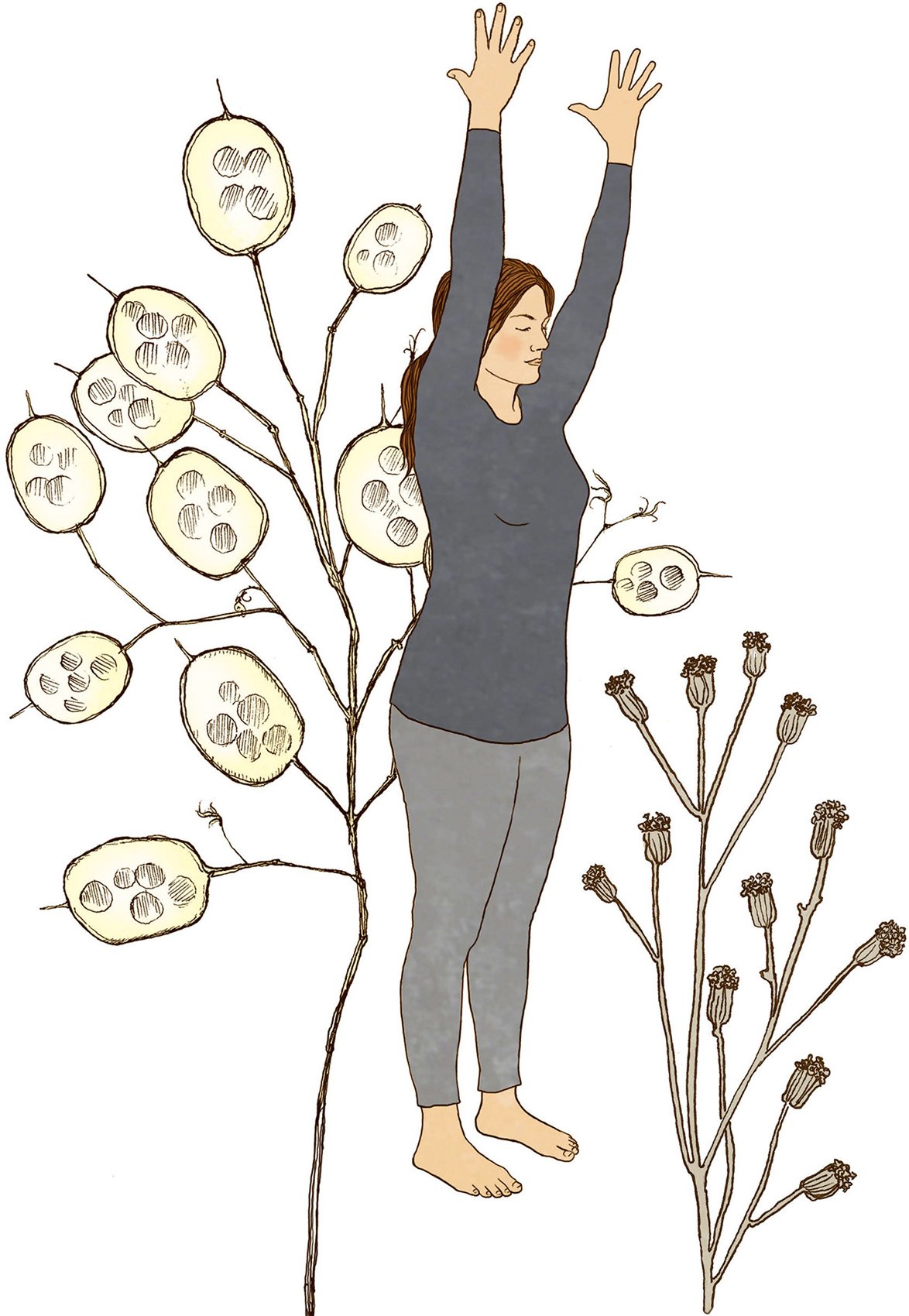Acknowledgments
My thanks to Gary Luke and the team at Sasquatch Books for giving this book new wings.
To my mother and father, Carmel and Robert DOrazio.
Many thanks to Erin Beattie, Laura Prudhomme, Kathleen Hunt, Nicole Sharkey, Suzanne Morrison, Catherine Landwehr, and Andrea Langsdorf for your time, wisdom, and feedback.
Beattie, thank you for your excellent adjustments and modelingyou flash in the ink.
To Donna Bajelis, with endless thanks for your devotion, brilliance, love, and healing powers.
A most special thank you to my husband, Edward Kranick, for all the ways your love, encouragement, and insight were gifts to me here, and are to me everywhere.
About the Author
VERONICA DORAZIO is a yoga instructor and florist. Exploring the parallels of form and pattern found within nature and humans inspires her teaching. Her floral designs integrate the abundant flowers and lush greenery of the Pacific Northwest, where she lives with her husband and their two tuxedo cats. Her gardeners yoga sequences have been featured in Yoga Journal and she is the coauthor of Fleurish.
About the Illustrator
FRIDA CLEMENTS is an illustrator and graphic designer known primarily for her silk-screened concert posters. Her nature-inspired palette complements her distinctive Scandinavian aesthetic, in which flora and fauna are frequent subjects.
Flow Chart
S arcococcas bloom when temperatures drop, their fragrant white flowers scenting the air with honey. Celadon- and plum-colored hellebores flourish in generous tufts near the holidays, while witch hazel unfurls its gold fringe, brightening the landscape. These seasonal gifts are the lovely exceptions we cherish in an otherwise quiet winter yard.
With fewer plants actively growing and many of them gone to seed, the open expanse of our garden becomes a dream space for our imagination. We can see its essential outline clearly and choose how we want to fill it for the next planting cycle. With less immediate work outside, we decide what to repeat, explore new ideas, and consider potential challenges.
Often we become more introspective about our own lives this time of year, taking time to be meditative, setting intentions for the new year. We draw closer to the center of ourselves, seeking clarity and renewal to continue growing in ways that matter most to us. The garden can feel furthest from us in winter, but nevertheless we continue resonating with its rhythms.
Hardly dormant, many of our plants and trees are harnessing energy they have been gathering all year and funneling it deep into their roots, bringing all their efforts to the quiet, subtle work of growing the buds, seeds, and fruit they will produce in the spring. And although the colder months encourage interiority, staying active remains essential for our health and well-being.
The winter sequence detailed here focuses primarily on energizing you. Heat-generating postures safely strengthen and stretch your legs, and open your chest, shoulders, and hips. The sequence moves in a continuous flow, or vinyasa. Complete the sequence twice, reversing left and right your second time through all ten postures, or repeat the entire vinyasa several times for a longer practice. Repetition at a steady, fluid pace is warming and energizing, and thus especially suitable to a winter practice. Maintaining a regular yoga practice when we are most inclined to feel sluggish and withdrawn nourishes our spirits and warms us to the core. It will also make our gardening work much easier and more enjoyable when the ground thaws.
Upward Salute
Urdhva Hastasana
The Upward Salute is especially energizing in the darker months of winter when there is less light, and we are inclined to clutch our arms to our sides, tuck in, and nest. It moves us out into the world. Countering our tendency to contract, this posture stretches our belly, waist, shoulders, and armpits, and enlivens our feet and legs. The salutation is to the sun, homage to earths life source. The movement pattern of our arms radiates out from our center like a sunbeam, mirroring the light we greet.
Stand at the front of your mat with your feet hip-width apart. Feel the weight through the four corners of your feet. Bring your attention to your entire body and release unnecessary effort.


